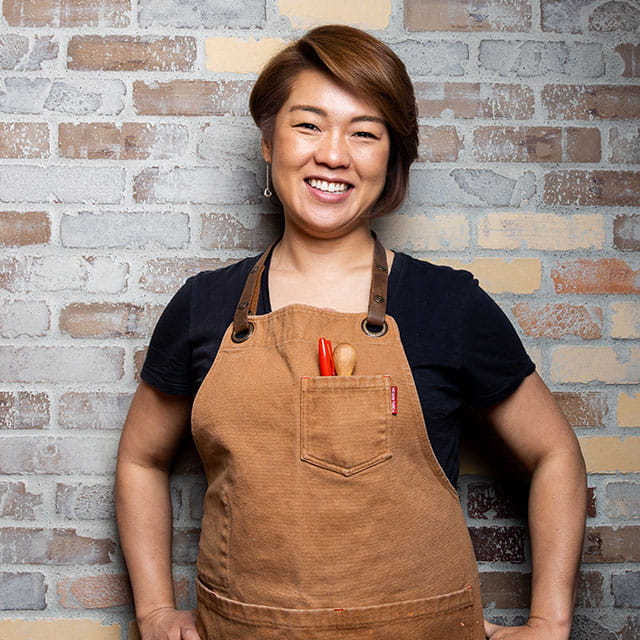
Chef Jinhee Lee
We stopped by Jin Bar to hear more of her incredible journey towards becoming Calgary’s Korean comfort go-to. View Culinary Connections for more.
Read BioThe number of so-called ‘ghost kitchens’ being operated in Canada is on the rise, as the demand for delivery-only food businesses continues to increase.
Delivery apps, such as Uber Eats and Skip the Dishes, have made this new concept possible, as customers look for convenience when ordering food.
One entrepreneur will often operate multiple ghost kitchens, which do not serve walk-in customers at all.
George Kottas is the owner of 15 such restaurants in the Greater Toronto area and he spoke to The Canadian Press about his experience.
“I never thought in my wildest dreams not having a store presence would work. Now I have 15 stores open,” he said.
His businesses sell everything from burritos to bubble tea and poutine to pierogi, offering customers what they want when they want it.
Without the overheads of waiting staff and real estate on the square footage associated with traditional restaurants, ghost kitchen operators can maximise their profit.
They can also test out a wide range of culinary or dining concepts that may or may not take off, safe in the knowledge that they can be changed easily if they’re not a success.
The most successful ghost kitchens liaise with the delivery operators to better understand the market.
Data can help them interpret where demand lies for certain types of food and if there is a gap in the market that needs to be filled.
Not only are ghost kitchens being run on sites without a restaurant, but they’re also being used to supplement income for eateries.
Some establishments are using their restaurant kitchen to make takeout-only food that isn’t on their usual menus.
Elyse Propis, program manager at Uber Eats, said: “Opening a brand new restaurant is risky and expensive and we are helping them spin a new delivery-only restaurant out of their existing kitchen in a way that is likely to succeed given our data shows there is demand for it.”